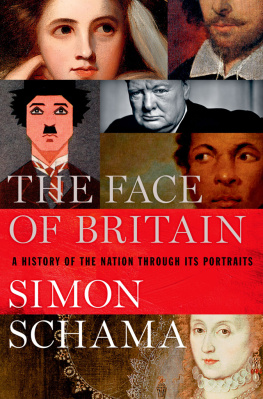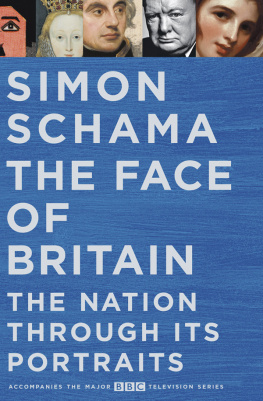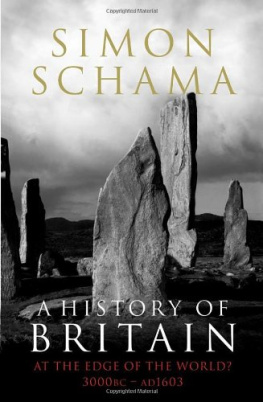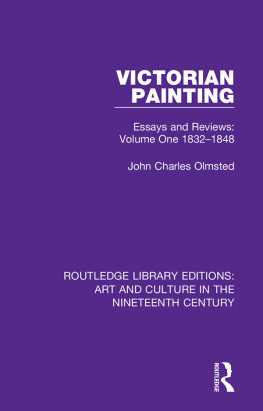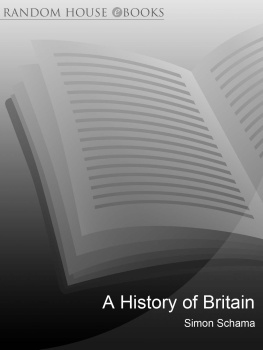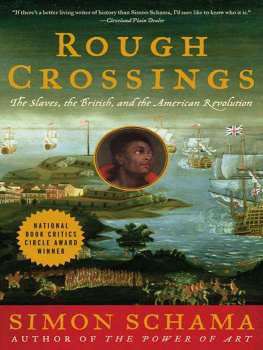CONTENTS
About the Book
Pre-eminent author and art historian Simon Schama has written widely on art for many years to great acclaim. In Hang-Ups, a personal selection of his articles from, amongst others, The New Yorker, appears in Britain for the very first time.
Brilliantly and lucidly written by one of the most singular voices in non-fiction, this volume of provocative and often idiosyncratic essays makes hugely satisfying reading for lovers of both art and social history.
It contains pieces on artists as diverse as David Hockney, Rembrandt, and Charles Rennie Mackintosh, and on such subjects as the unforgettable peculiarity of Stanley Spencer.
From the author whose writing has been called sublime and whose ability to bring art and history vividly to life has earned him admiration worldwide, Hang-Ups is Schamas rallying cry for the art lover to look again at familiar works of art and their artists and embrace a new way of seeing.
About the Author
Simon Schama is University Professor of Art History at Columbia University in New York. His award-winning books include Patriots and Liberators, Revolution in the Netherlands 17801813;The Embarrassment of Riches; Citizens: A Chronicle of the French Revolution; Dead Certainties (Unwarranted Speculations); Landscape and Memory; Rembrandts Eyes and the History of Britain trilogy. Since 1990 he has been writer and presenter of many television programmes on art and history for BBC2, including the fifteen-part A History of Britain. His work has been translated into thirteen languages.
ALSO BY SIMON SCHAMA
Patriots and Liberators: Revolution in the Netherlands 17801813
Two Rothschilds and the Land of Israel
The Embarrassment of Riches: An Interpretation of Dutch Culture in the Golden Age
Citizens: A Chronicle of the French Revolution
Dead Certainties (Unwarranted Speculations)
Landscape and Memory
Rembrandts Eyes
A History of Britain, vol. I: At the Edge of the World? 3000 BC AD 1603
A History of Britain, vol. II: The British Wars 16031776
A History of Britain, vol. III: The Fate of Empire 17762001
Hang-Ups
Simon Schama
Essays on Painting (Mostly)

for Chaya,
to life
INTRODUCTION
Lunches at the Courtauld
ART BEGINS WITH resistance to loss; or so the ancients supposed. In a chapter on sculpture in his Natural History, Pliny the Elder relates the legend of the Corinthian Maid Diboutade who, when faced with the departure of her beloved, sat him down in candlelight and traced his profile from the shadow cast against the wall. Her father, the potter Boutades, pressed clay on the outline to make a portrait relief, thereby inaugurating the genre (and wrecking, one imagines, the delicate shadow-play of his daughters love-souvenir).
For art, like memory, is never truly solid (even when made from stone or wood or metal) and seldom free of melancholy ambiguity, for it presupposes the elusiveness, if not the outright disappearance, of its subject. Its deepest urge is to trap fugitive vision and passing sensation elation, horror, meditative calm, desire, pathos the feelings we have when we experience life most intensely, before routine, time and distance dull the shock, and veil the memory. This craving to nail down transient experience is an unassuageable craving, as basic to us as the self-pitying sorrow for our own mortality, and just as invariably doomed to disappointment. But art draws its wistful power from this heroically futile struggle against disappearance, and what it leaves behind are the visual traces of its defiance. We infer from the awkward turn of the head of Vermeers turbaned girl that she must soon turn again from us and dissolve back into the void. For a moment, the immense globes of her eyes are convex mirrors in which we might, were this not a picture, witness our own gaze. Pollocks serpents of dripped and whipped pigment forever writhe on the canvas at the precise moment before they settle back into dense encrustation. Constables onrushing clouds will exit from his pictures as swiftly as they enter but for the instant the cloudcatcher has bagged them.
Art replaces seen reality rather than reproduces it. And the strongest art is the work that is frankest about its artifice, its failure, finally, to duplicate the world, or even to arrest its mutability; the art that, when faced with the commonplace boast, ars longa vita brevis, humbly begs to differ.
Eighteenth-century anecdotalists, in their spirit of cheerful utility, and much taken with Plinys story of the Corinthian Maid, took the story as an account of arts ambition to copy physical reality rather than a parable of wistful passion. Joseph Wright of Derbys painfully literal rendering of the scene thus turned poetry into a demonstration of early graphic technique. But the paintings that most haunt us are most often those that hint at their own instability; the unbridgeable distance between technical bravura and the world it ostensibly doubles, even when the illusion is more compelling than the material reality. It is precisely the unattainable serenity of Vermeers Delft, fictitiously repaired as a civic paradise from the blackened ruins of its gunpowder explosion, which makes it lodge in our imagination. That Delft is forever barred to us, not just by a breadth of water and an array of towers, gates and walls, but by the distance between a shimmering vision projected on a back wall by a camera obscura, and the mundane reality of a small provincial Dutch town past its prime. The image cast by the lens on the wall is sharp but trapped in the unforgiving brilliance of a dream. It is also upside down. Caravaggios Basket of Fruit (in the Pinacoteca Ambrosiana in Milan) bathes in a light strong enough to register with uncanny precision the misty bloom on the skin of its black and green grapes. And there is an apt apple, for this is, among other things, a vision of the fall, the most arresting detail of the fruit, the blackened wormhole, marring its rosiness. A pear shows the early freckles of its own decay. But the tip-off that this is a vision, not of substantial, but precarious, naturalism is the artists refusal to let us see, comfortably, how the basket is set in space. Its bottom edge rests on a slight support that is scarcely thicker than the picture edge itself (and could easily be altogether hidden by a frame). That support might be readable as a ledge or a shelf, but the dead flat, shadowless paint behind it refuses to let us know whether this ledge is connected with anything, nor give us any clue on the breadth of the support. The cumulative effect is to turn a still life into a visual thriller, precariously perched on the lip of collapse, a fatalism signalled, in case wed missed it, by a vine (or possibly a fig) leaf, folded and faded about the stem.
This tantalizing, built-in unreachability is all the more ironic, since an element of arts allure is the alternative version of existence with which it teases us: a fictitious world in which the sprawling tangle of existence has been tidied, its chaos drilled into shape; its patches of raw ugliness edited; its hang-ups well and truly hung-up. Art is life under New Management the management of picturings resident conventions: coherence, harmony, tonal balance. Never mind the rough and tumble enjoyment of a wild ride with de Kooning or Rauschenberg at their most raucous; no one who cares for paintings is entirely immune from the pleasure-trance induced by contemplating strenuous exercises in engineered satisfaction. Poussins classical architecture, distributed about his landscapes and histories at musical intervals, a projection here, a recession there; a glittering van Dyck portrait where perfectly judged passages of adjacent colour silkily interlock; or a Mondrian grid calibrated so finely that to imagine the black armature moved a millimetre up dooms the whole to immediate disintegration all correspond to another ideal of Greek aesthetics: that of transcending the physical for the metaphysical.
Next page

